
According to the Vietnam Food Association, the export price of 5% broken fragrant rice from Vietnam last week was at 400-430 USD/ton, unchanged from the previous week; 100% broken rice fluctuated at 311-315 USD/ton; Jasmine rice fluctuated at 448-452 USD/ton.
In the domestic market, according to the Institute of Strategy and Policy on Agriculture and Environment, in Can Tho, Jasmine rice is still priced at VND8,400/kg, the same as last week; IR 5451 rice is VND6,200/kg; ST25 is VND9,400/kg; OM 18 is VND6,600/kg.
In Dong Thap , IR 50404 rice costs 6,600 VND/kg, OM 6976 is 7,400 VND/kg. In Vinh Long, IR 50404 rice costs 6,600 VND/kg.
In An Giang, prices of most fresh rice varieties remained stable compared to last week, IR 50404 was purchased at 5,100-5,200 VND/kg, down 100 VND/kg; OM 5451 from 5,200-5,300 VND/kg, down 200 VND/kg; OM 18 at 5,600-5,700 VND/kg; Dai Thom 8 from 5,600-5,700 VND/kg.
In An Giang's retail market, rice prices are stable: regular rice 11,000-12,000 VND/kg; Thai fragrant rice 20,000-22,000 VND/kg; Jasmine 16,000-18,000 VND/kg; white rice 16,000 VND/kg, Nang Hoa 21,000 VND/kg, Huong Lai 22,000 VND/kg, Taiwanese fragrant rice 20,000 VND/kg, Soc Thuong 17,000 VND/kg, Soc Thai 20,000 VND/kg, Japanese rice 22,000 VND/kg.
The price of IR 50404 raw rice remains at 7,600 - 7,700 VND/kg, IR 504 finished rice is from 9,500 - 9,700 VND/kg; OM 380 raw rice is from 7,200 - 7,300 VND/kg; OM 380 finished rice fluctuates at 8,800 - 9,000 VND/kg.
For by-products, the price of by-products of all kinds ranges from 7,100 - 10,000 VND/kg. The price of dry bran is at 9,000 - 10,000 VND/kg.
According to the Department of Crop Production and Plant Protection, as of November 17, provinces and cities in the Mekong Delta have planted 621,000 hectares of the Autumn-Winter crop, reaching 100.1% of the plan and have harvested 461,000 hectares with a yield of 56.99 quintals/hectare, with an estimated output of 2.63 million tons. For the Summer-Autumn crop, localities have planted 175,000 hectares as planned and are entering the harvest stage. The Winter-Spring crop 2025-2026 has also been deployed, with 302,000 hectares planted out of a total plan of 1,266,000 hectares.
Like Vietnam, demand for Indian rice remained subdued, although the country’s parboiled rice prices rose to a six-week high as the government began buying. In India, 5% broken parboiled rice was quoted at $352–$360 a tonne this week, up from $344–$350 a tonne last week and the highest since October 2. Meanwhile, 5% broken white rice was quoted at $350–$355 a tonne.
Export demand remains weak as African and Asian buyers look for more competitive prices, said Himanshu Agarwal, managing director of Satyam Balajee, a major rice exporter. He added that as the Indian government begins buying, domestic prices are expected to remain high, dampening export prospects.
Meanwhile, in Thailand, 5% broken rice was offered at $340 a tonne, up slightly from last week’s $335 a tonne (an 18-year low). A trader in Bangkok said buyers were only placing orders for immediate needs. After India announced it would boost rice exports, many buyers are waiting and watching price developments, leaving the Thai rice market rather quiet.
Meanwhile, Bangladesh has approved the purchase of 50,000 tonnes of parboiled rice at $354.19 per tonne through a tender, aiming to cool down domestic rice prices.
In the US agricultural market, US soybean prices closed the last session of the week on November 21 with a slight decrease, ending a volatile trading week. The previous strong increase - supported by information about China buying US soybeans - quickly cooled down as the market worried whether the country could maintain the plan as expected. Meanwhile, corn and wheat prices were almost flat.
The US Department of Agriculture confirmed this week that China had bought more than 1.5 million tonnes of US soybeans. However, according to traders, the market had anticipated contracts of this size so the impact of this information was not too strong.
At the close of the session, the price of soybeans for January 2026 delivery on the Chicago Board of Trade (CBOT) increased by 2.5 US cents to 11.25 USD/bushel. This price is still significantly lower than the peak of 11.695 USD/bushel set on November 18 - the highest level since June 2024 (1 bushel of wheat/soybean = 27.2 kg; 1 bushel of corn = 25.4 kg).
Despite the increased purchases, China’s soybean purchases are still far short of the 12 million ton target that the US said China had committed to meet by the end of the year. In addition, cheaper Brazilian soybeans continue to put competitive pressure on US goods.
Some traders believe China may be willing to pay higher prices to maintain the trade truce with the US, which has been in place since late October 2025. However, they expect the market to remain cautious until there is confirmation of larger contracts.

Meanwhile, the US Department of Agriculture also announced on November 20 that China bought 132,000 tons of US white wheat. However, this information was not enough to help wheat prices on CBOT increase sharply because global supply is still abundant.
At the end of the session on November 21, the price of wheat for delivery in March 2026 decreased insignificantly, 1 cent, to 5.39 USD/bushel; while the price of corn for delivery in March 2026 decreased 0.25 cent, to 4.375 USD/bushel.
Regarding the world coffee market, coffee prices on the two exchanges in London (UK) and New York (USA) simultaneously fell sharply in the trading session on November 22, after US President Donald Trump signed an executive order to remove the additional 40% tax imposed on Brazilian food, including beef, cocoa and fruits.
The price of robusta coffee on the London floor for November 2025 delivery fell by 110 USD (equivalent to 2.37%) to 4,521 USD/ton, while the price of robusta coffee for January 2026 delivery fell by 125 USD (or 2.69%) to 4,506 USD/ton. On the New York floor, the price of arabica coffee for December 2025 delivery fell by 6.5 cents (equivalent to 1.59%) to only 400 cents/lb. And the price of arabica coffee for March 2026 delivery fell by 7.2 cents (or 1.90%) to 369.45 cents/lb (1 lb = 0.4535 kg).
This year, retail coffee prices in the US have increased by 40% due to import tariffs and other market factors, such as weather-related production shortages. Brazil supplies up to a third of the coffee consumed in the US - the world's largest coffee-drinking market.
On November 20, the White House announced an expansion of the list of Brazilian goods exempted from high import tariffs effective from August 2025, citing “initial progress” in bilateral trade negotiations.
The decision is seen as a major diplomatic victory for Brazilian President Luiz Inácio Lula da Silva, and comes just days after US President Donald Trump reduced reciprocal tariffs on many global agricultural products not grown domestically.
The news that the US has removed the additional 40% tax on some Brazilian products, including coffee, has eased the tension in coffee supply to the US, causing arabica coffee to fall sharply, dragging down the decline of robusta coffee.
Source: https://baotintuc.vn/thi-truong-tien-te/thi-truong-nong-san-gia-gao-xuat-khau-tiep-tuc-di-ngang-20251123094731986.htm














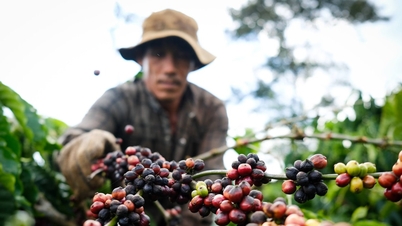

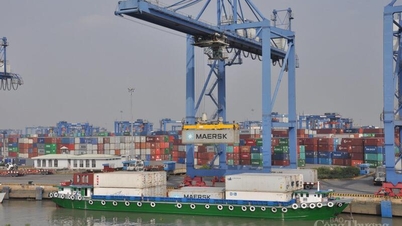













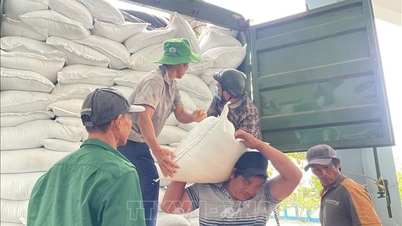






















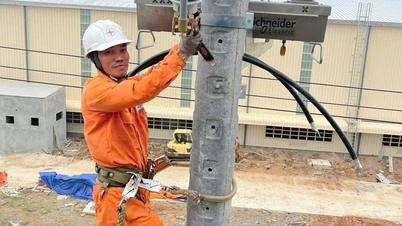






























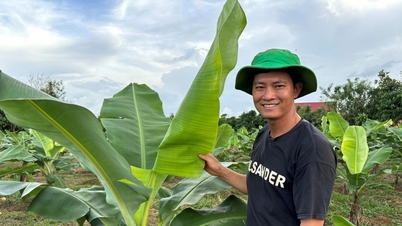
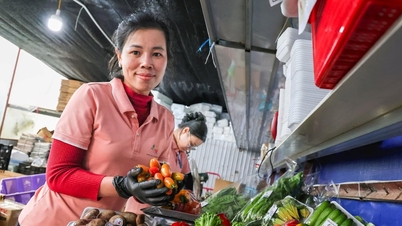

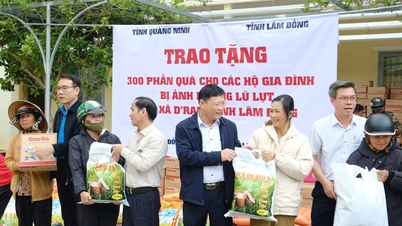


















Comment (0)